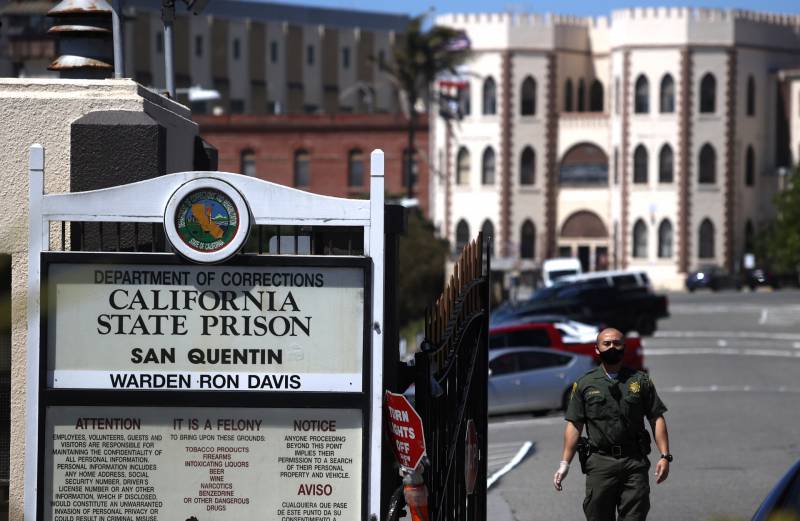A Marin County judge tentatively ruled Friday that state prison officials acted with deliberate indifference when they caused a deadly coronavirus outbreak at San Quentin last year. But he said vaccines have since so changed the landscape that officials are no longer violating the constitutional rights of those incarcerated.
The lawsuit stemmed from the botched transfer of infected inmates in May 2020 from a Southern California prison to San Quentin, which at the time had no infections. The coronavirus then quickly sickened 75% of those incarcerated at the prison, leading to the deaths of 28 incarcerated people and a correctional officer.
Prison officials “ignored virtually every safety measure in doing so,” Marin County Superior Court Judge Geoffrey Howard wrote in a 114-page tentative ruling Friday.
“The tragic, inevitable … result of this bumbling sequence of events was an exponential COVID-19 outbreak at San Quentin that, to date, has killed 28 people,” he wrote. “It more than qualifies as deliberate indifference to a known risk.”
